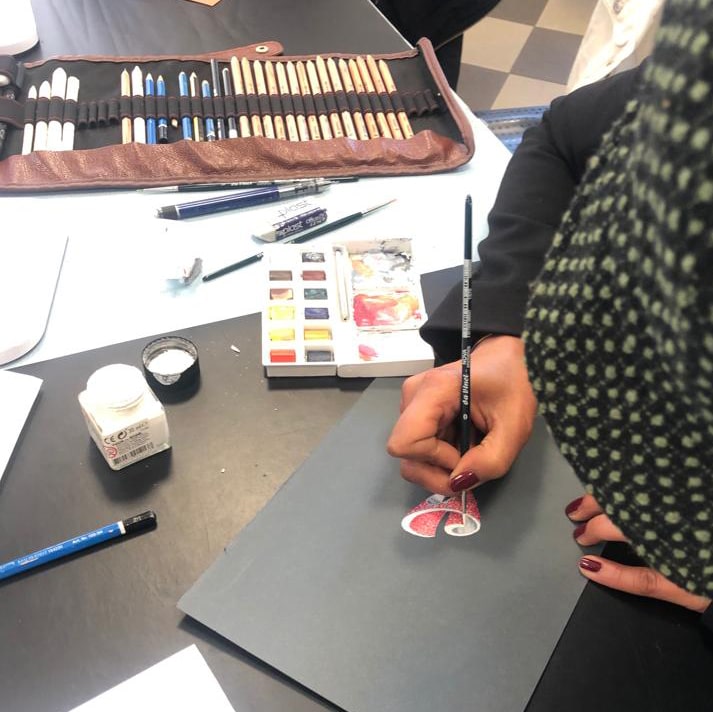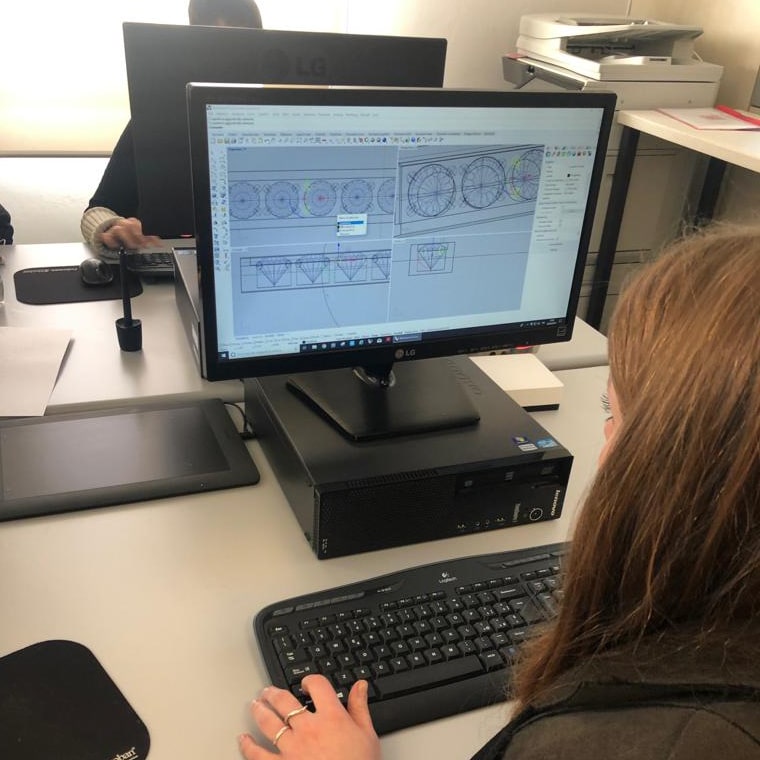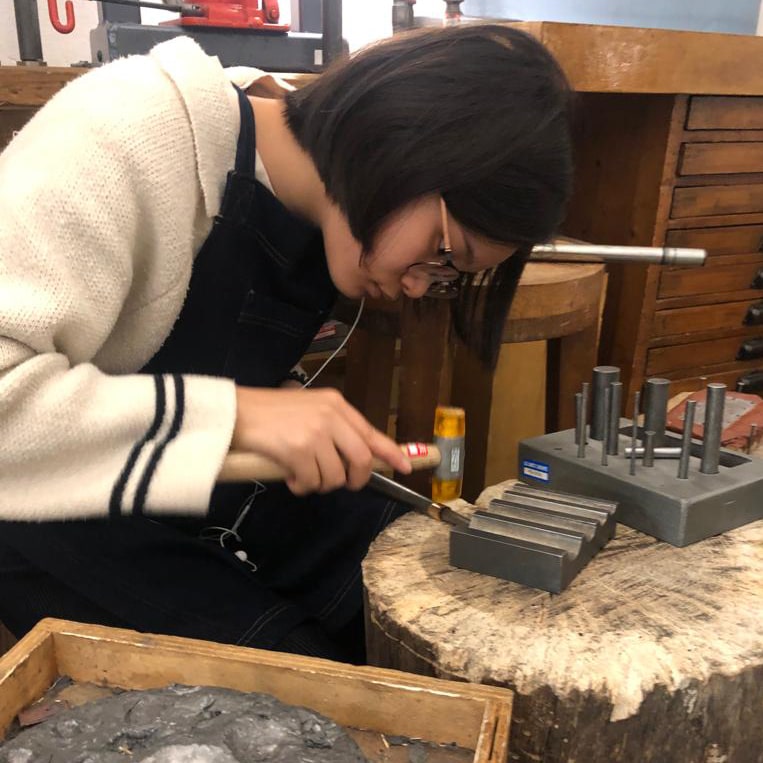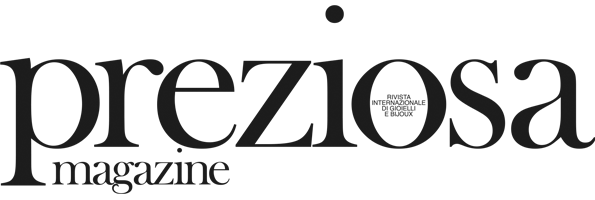
Contributi a fondo perduto destinati a disegni e brevetti: nuove possibilità per il mondo orafo
Nuove possibilità per il mondo orafo. Fortitudo Finance ci segnala due bandi a supporto delle aziende che rientrano nei settori manifatturiero, moda, gioielliero, artistico o comunque dove è richiesta progettazione di nuove forme, materiali, impianti e attrezzature. Le aziende ricevono aiuto nello sviluppo di investimenti su brevetti e disegni attraverso l’erogazione di un contributo a fondo perduto dell’80%.
Possono farne richiesta le micro, piccole e medie imprese attive ed iscritte nel Registro delle Imprese e con posizione contributiva regolare. Il bando che riguarda il disegno/modello fissa alcuni parametri e requisiti obbligatori per la partecipazione. Il disegno/modello per il quale si richiede il contributo a fondo perduto deve avere una data di registrazione dall’1 gennaio 2021. Il contributo a fondo perduto è di 60.000 euro, a fronte di spese per 75.000 euro più IVA.

Le spese ammissibili possono raggiungere un massimale di 13.000 euro per la realizzazione di prototipi; 35.000 euro per la realizzazione di stampi. Le spese che riguardano la consulenza tecnica per la catena produttiva finalizzata alla messa in produzione del prodotto e per l’utilizzo di materiali innovativi sono coperte fino a 10.000 euro. Consulenza per certificazioni di prodotto o di sostenibilità: 5.000 euro. Consulenza specializzata nell’approccio al mercato (business plan, grafiche, testi, progettazione di materiale per la comunicazione) e per la valutazione tecnico- economica del disegno/modello: 8.000 euro. Consulenza legale per la tutela da azioni di contraffazione e/o per accordi di licenza o per accordi di distribuzione: 2.500 euro. Ai contributi erogati va aggiunta l’IVA.

Riguardo il contributo a fondo perduto per brevetti, invece, l’incentivo potrà essere richiesto da micro, piccole e medie imprese attive ed iscritte nel Registro delle Imprese e con posizione contributiva regolare. Dovranno essere titolari di un brevetto concesso a decorrere dall’1 gennaio 2022 e titolari di una domanda di brevetto depositata a decorrere dall’1 gennaio 2021 con un rapporto di ricerca con esito “non negativo”. La presentazione della domanda, finalizzata a favorire lo sviluppo di una strategia brevettuale e l’accrescimento della capacità competitiva, può garantire al soggetto richiedente un contributo a fondo perduto di 140.000 euro, a fronte di spese per 175.000 euro, oltre l’IVA.

Ecco l’elenco delle spese ammissibili. L’esborso sostenuto per la progettazione, ingegnerizzazione e industrializzazione deve rappresentare almeno il 60% della spesa totale. Lo studio di fattibilità, la progettazione ed ingegnerizzazione del prototipo, analisi e definizione dell’architettura software, test di produzione e rilascio certificazioni di prodotto o di processo rientrano in questa tipologia di spesa. Il contributo a fondo perduto compensa anche le spese per l’organizzazione dei processi produttivi, analisi qualitativa e quantitativa dei nuovi mercati geografici e settoriali e definizione della strategia di comunicazione, promozione e presidio dei canali distributivi, la predisposizione accordi di segretezza, predisposizione accordi di concessione in licenza del brevetto e contratti di collaborazione tra PMI e istituti di ricerca/università.
Grants for designs and patents: new possibilities for the jewellery world
New possibilities for the goldsmith world. Fortitudo Finance informs us of two calls for proposals to support companies in the manufacturing, fashion, jewellery, and artistic sectors or in any case where the design of new shapes, materials, plants and equipment is required. Companies receive help in the development of investments on patents and designs through a non-repayable contribution of 80%.
Eligible applicants are micro, small and medium-sized enterprises that are active and registered in the Business Register and have a regular contributory position. The call for proposals concerning the design/model establishes certain parameters and mandatory requirements for participation. The design for which the non-repayable grant is requested must have a registration date from 1 January 2021. The non-repayable contribution is EUR 60,000, against expenses of EUR 75,000 plus VAT.
Eligible expenses can be up to €13,000 for the creation of prototypes; €35,000 for the creation of moulds. Expenditure on technical consultancy for the production chain aimed at putting the product into production and for the use of innovative materials is covered up to €10,000. Consultancy for product or sustainability certification: €5,000. Consultancy specialised in market approach (business plan, graphics, texts, design of communication material) and for the technical-economic evaluation of the design/model: 8,000 euros. Legal advice for protection against infringement actions and/or for licensing or distribution agreements: 2,500 euros. VAT has to be added to the contributions.
With regard to the non-repayable contribution for patents, on the other hand, the incentive can be requested by micro, small and medium-sized enterprises that are active and registered in the Register of Enterprises and have a regular contributory position. They must be holders of a patent granted as of 1 January 2022 and holders of a patent application filed as of 1 January 2021 with a “non-negative” search report. The submission of the application, aimed at fostering the development of a patent strategy and the enhancement of competitive capacity, may grant the applicant a non-repayable contribution of EUR 140,000, against expenses of EUR 175,000, plus VAT.
Here is the list of eligible expenditure. The outlay incurred for design, engineering and industrialisation must represent at least 60% of the total expenditure. The feasibility study, design and engineering of the prototype, analysis and definition of the software architecture, production testing, and the issuing of product or process certifications fall within this type of expenditure. The non-repayable grant also offsets expenses for the organisation of production processes, qualitative and quantitative analysis of new geographic and sectoral markets and definition of the communication strategy, promotion and control of distribution channels, preparation of secrecy agreements, preparation of patent licensing agreements and collaboration contracts between SMEs and research institutes/universities.


POST COMMENT
Devi essere connesso per inviare un commento.